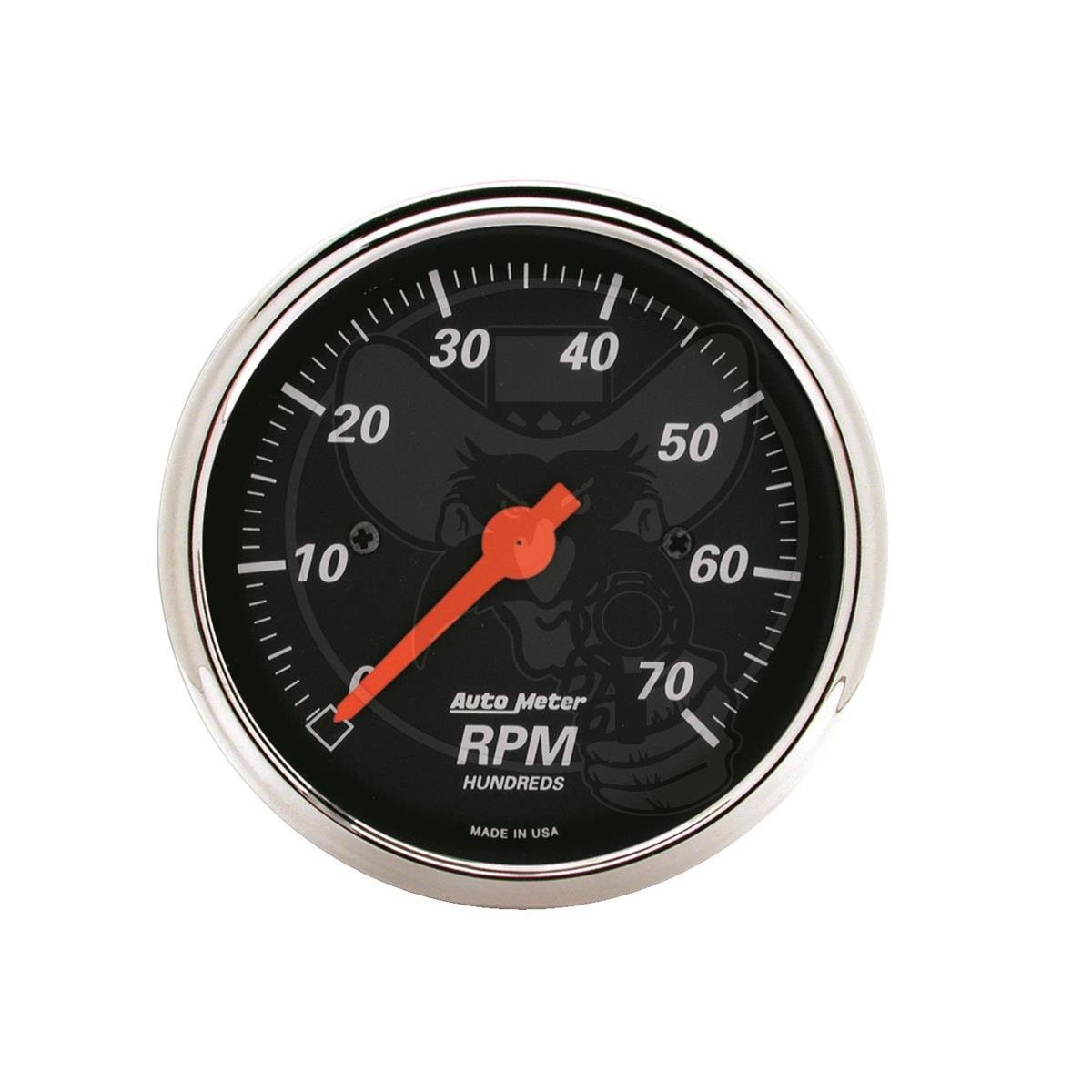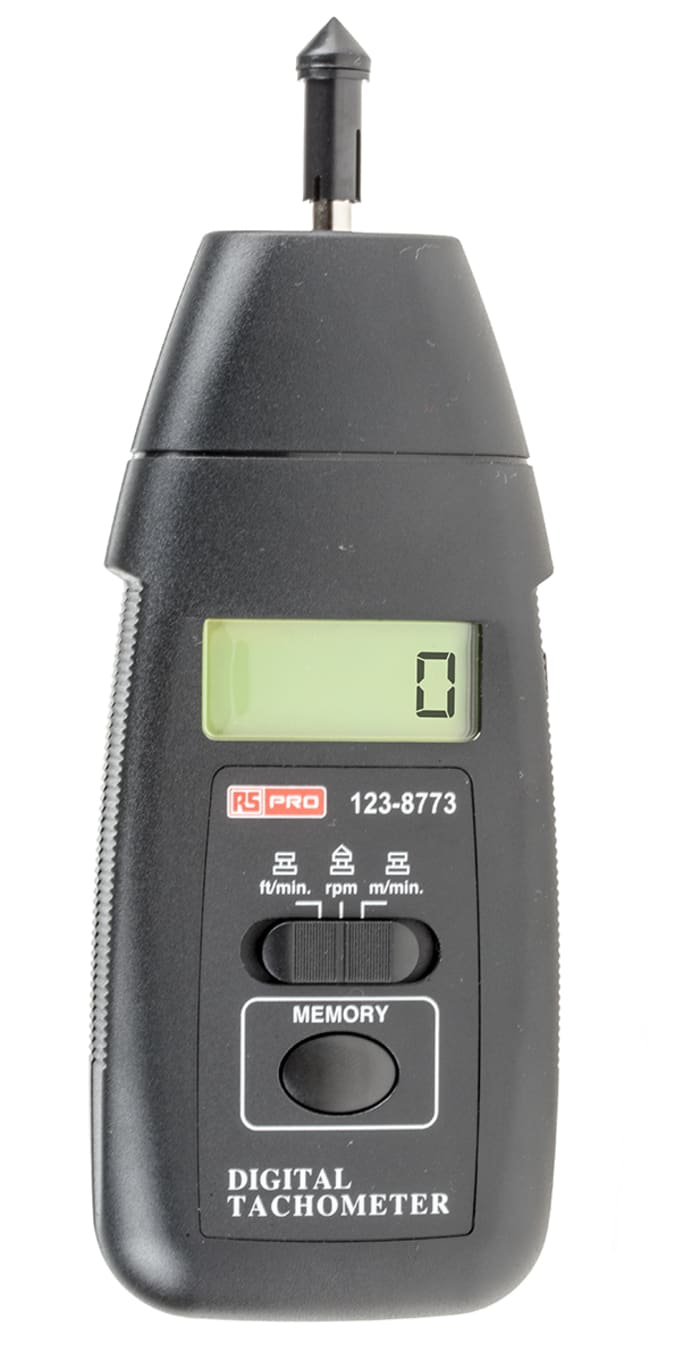Expert Tips for Preserving and Adjusting Your Tachometer
Expert Tips for Preserving and Adjusting Your Tachometer
Blog Article
Opening the Secrets of Tachometers: Everything You Required to Understand About This Vital Instrument in Your Lorry
Recognizing the intricacies of tachometers can offer important insights into your car's efficiency and maintenance requirements. From determining engine rate to figuring out the data it provides, tachometers offer as a critical device for car proprietors and fanatics alike. By unraveling the mysteries behind this vital instrument, you can unlock a wide range of details that can improve your driving experience and make certain the durability of your automobile.
Importance of Tachometers
The relevance of tachometers depends on their ability to offer important real-time data regarding an engine's rotational speed, enabling accurate tracking and upkeep of equipment. By determining the transformations per minute (RPM) of an engine's crankshaft, tachometers offer useful insights into the engine's performance - tachometer. This data is vital for guaranteeing that the engine runs within its optimum variety, avoiding potential damage from over-revving or underperforming
Tachometers play a vital duty in helping operators and service technicians detect any type of abnormalities in the engine's rate, which could show concerns such as gas inadequacy, mechanical issues, or too much stress on the engine. By quickly determining these problems with tachometer analyses, upkeep can be done proactively, stopping costly repair services and downtime in the future.
Additionally, tachometers are particularly essential in high-performance automobiles and machinery, where specific control over engine speed is necessary for ideal procedure. Competing automobiles, aircraft, and commercial tools depend on tachometers to provide peak performance while maintaining security standards. Basically, tachometers are not just instruments for determining speed but vital tools for ensuring the smooth and efficient procedure of engines throughout numerous applications.
Exactly How Tachometers Step Engine Rate
Making use of sensors that find the frequency of electrical pulses produced by the engine's ignition system, tachometers properly measure the rotational speed of an engine. By keeping an eye on the price at which these pulses are received, tachometers offer real-time responses on how fast the engine's crankshaft is turning per min, generally referred to as transformations per min (RPM)
The tachometer's sensing unit, often linked to the engine's ignition coil or stimulate plug cords, grabs the electrical signals produced each time a cyndrical tube fires. These signals are after that converted right into RPM readings presented on the gauge or instrument collection within the motorist's sight. Tachometers can be analog or electronic, with modern-day vehicles typically featuring digital screens for accurate and instant RPM readings.
This information is vital for chauffeurs to recognize the engine's efficiency, stop over-revving, enhance equipment moving, and make sure reliable gas consumption. By precisely gauging engine speed, tachometers play a vital role in assisting chauffeurs operate their lorries securely and effectively.
Analyzing Tachometer Readings
Having a clear understanding of exactly how tachometers determine engine speed establishes the structure for properly interpreting the RPM readings displayed. Translating tachometer analyses is vital for optimum vehicle efficiency and engine wellness. RPM (Revolutions Per Min) analyses on the tachometer show the speed at which the engine's crankshaft is revolving. When the additional reading engine is idling, the tachometer needle usually rests around 600-1000 RPM, depending upon the automobile. As you speed up, the RPM will certainly boost, mirroring the engine's higher rotational speed. When shifting equipments in a manual transmission vehicle, the RPM will go down as you involve the clutch and adjustment equipments, then rise once again as you speed up in the new gear. Keeping an eye on the tachometer can assist you determine one of the most reliable moving factors to take full advantage of gas economic Extra resources climate and engine power. Additionally, uncommon fluctuations or consistently high RPM readings might suggest possible concerns with the engine that may require professional anchor attention. By paying focus to the tachometer readings and recognizing just how to analyze them, you can ensure your car runs efficiently and effectively.


Tips for Making Use Of Tachometers Properly
To improve driving effectiveness and enhance engine performance, what key strategies can be implemented for efficiently using tachometers? Tachometers are vital tools that offer real-time responses on engine speed, making it possible for vehicle drivers to make educated decisions for better performance - tachometer. Below are some tips for making use of tachometers effectively:
Recognizing Ideal RPM Variety: Acquaint yourself with the ideal RPM (Changes Per Minute) range for your lorry. This array varies between various automobiles and is normally shown in the owner's handbook. Maintaining the engine within this range can boost fuel effectiveness and extend the engine's life expectancy.
Shifting Equipments at the Correct Time: Make use of the tachometer to figure out the best time to move equipments. Upshifting too very early or also late can lead to reduced effectiveness and performance. Aim to change equipments when the RPM gets to the ideal range for the following equipment.
Monitoring Engine Stress: High RPMs for long term durations can stress the engine. Watch on the tachometer to stop over-revving, particularly during acceleration or when carrying heavy tons.
Tachometers and Lorry Maintenance
When considering automobile maintenance, tachometers play a vital duty in monitoring engine efficiency and spotting prospective issues. Tachometers offer crucial data on engine rate, allowing motorists and mechanics to make sure that the engine is running within the suggested RPM range.
In enhancement to finding potential problems, tachometers can likewise help in maximizing fuel effectiveness. By maintaining the engine speed within the ideal array, chauffeurs can enhance their gas mileage and lower fuel usage. This not only profits the driver's budget yet also contributes to ecological conservation by decreasing harmful discharges.
Verdict

Report this page